How to have a slow French holiday
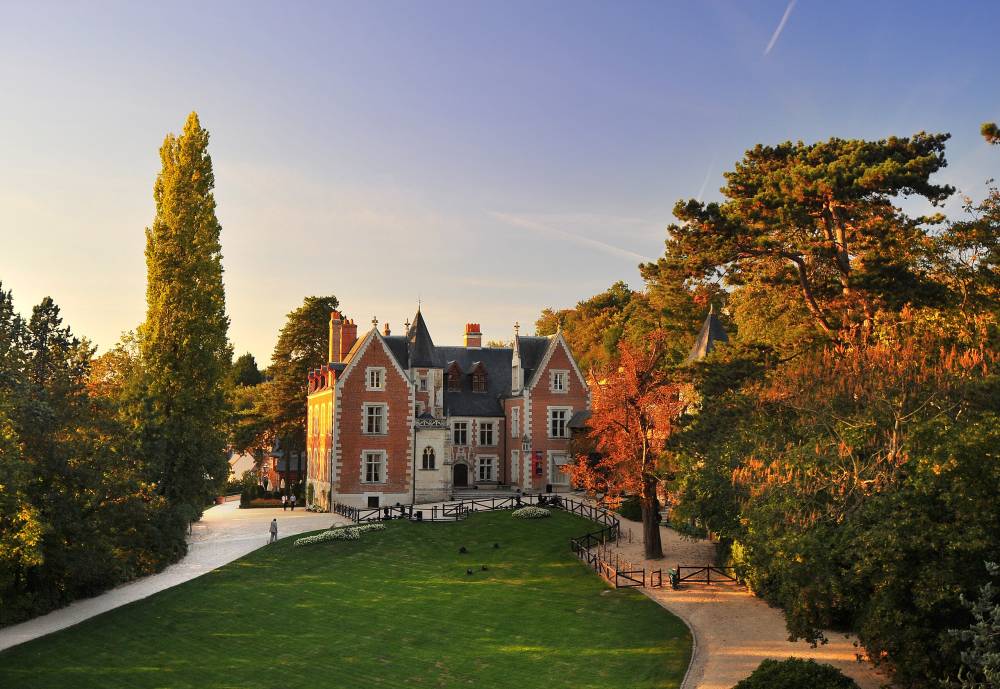
The Loire Valley is known as the “Garden of France,” and for good reason, too. With over 300 castles dotting its rolling landscape, the region is layered with history as well as natural beauty.
Once the playground of French kings and courtiers, the Loire holds over 300 châteaux, many built between the 15th and 17th centuries when noble French courts moved here to escape the chaos of Paris (much like many people still do today). Many are UNESCO-listed and open to visitors, with an easy two- to three-hour drive from the Paris peripheries.
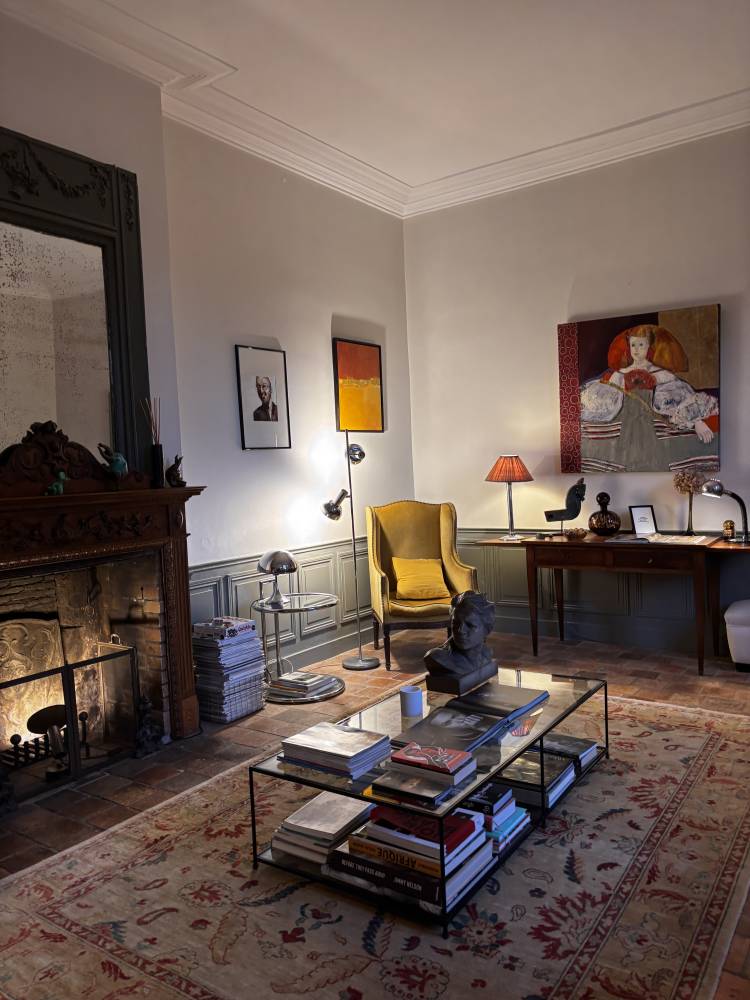
A welcome weekend of repose
In Paris, the price of a night at a boutique hotel could easily get you double the nights in a Loire Valley château. We learned this while staying at Le Gaimont in Vouvray, an old château renovated into a hotel that feels more like a home. The sitting rooms are made cozy with antiques, side by side with modern coffee table books on fashion icons like Madonna or artist Alberto Giacometti. In another corner is a turntable boasting Nina Simone’s record “Little Girl Blue.”
The home, owned by the attentive Elisa and Mathieu, comes with a friendly Spaniel who greets guests at a breakfast buffet that’s brimming with fresh fruits, flaky croissants, and delectable cheeses. To top, Elisa gifted us a bottle of champagne as compliments for our honeymoon.
After the rush of Paris and Nice, the Loire Valley was a welcome weekend of repose. Just a stone’s throw away are vineyards highlighting the grapes of the Vouvray region. There are also many charming restaurants run by locals.
If you’re feeling grand, you can choose to fly over the Loire Valley in a hot air balloon, rent a bike and cycle the winding streets, or sail on the river. Still, what’s most magnificent and notable about the Loire region is the castles, with all their gorgeous gardens that you can stroll through leisurely for a small fee.
Here are some of the must-see castles to stop by for a slow French holiday in the Loire Valley.
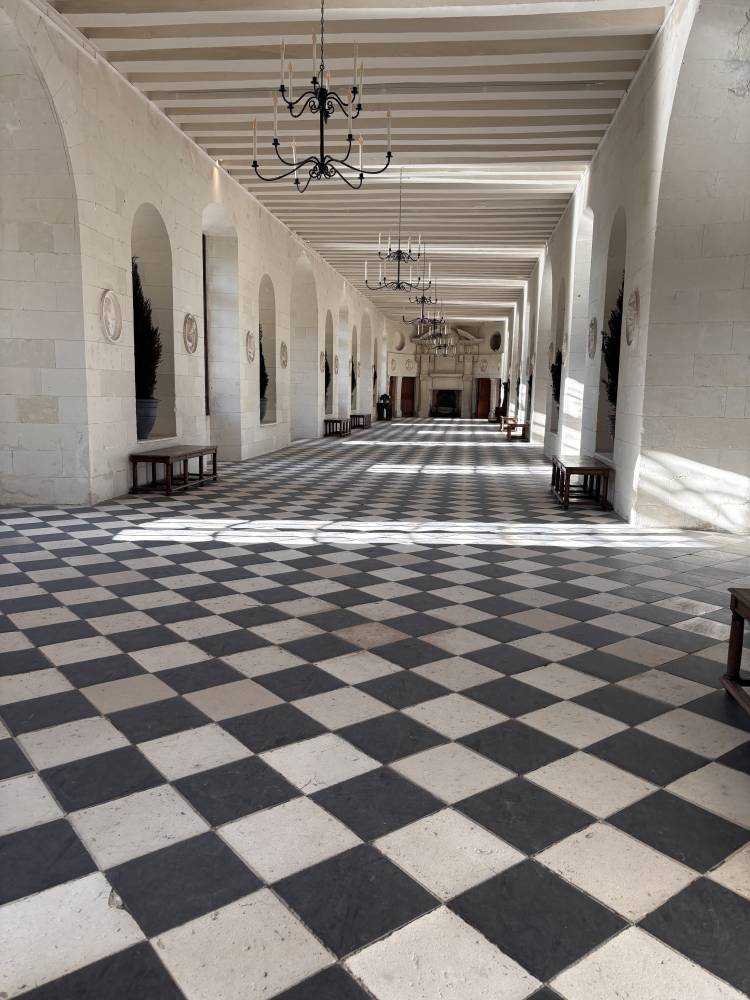
1. Château de Chenonceau
Easily the most romantic of them all, and one of the most famous must-see castles of the Loire Valley, Château de Chenonceau stretches across the River Cher. To our surprise, my husband had a scale model of the castle he had built as a child, so it was a delight to see it in real life.
This one is often called the “Ladies’ Castle” because women shaped its history, starting with Diane de Poitiers, King Henry II’s mistress, who led an exciting life, sharply navigating French politics. She built its famous arched bridge. The castle later went to King Henry II’s wife, Catherine de’ Medici, after he died.
During World War I, its elegant halls were turned into a hospital; during World War II, its gallery became a secret crossing between Nazi-occupied and free France. Surrounding the structure are fun mazes, gardens, and even little donkey zoos and botanical gardens.
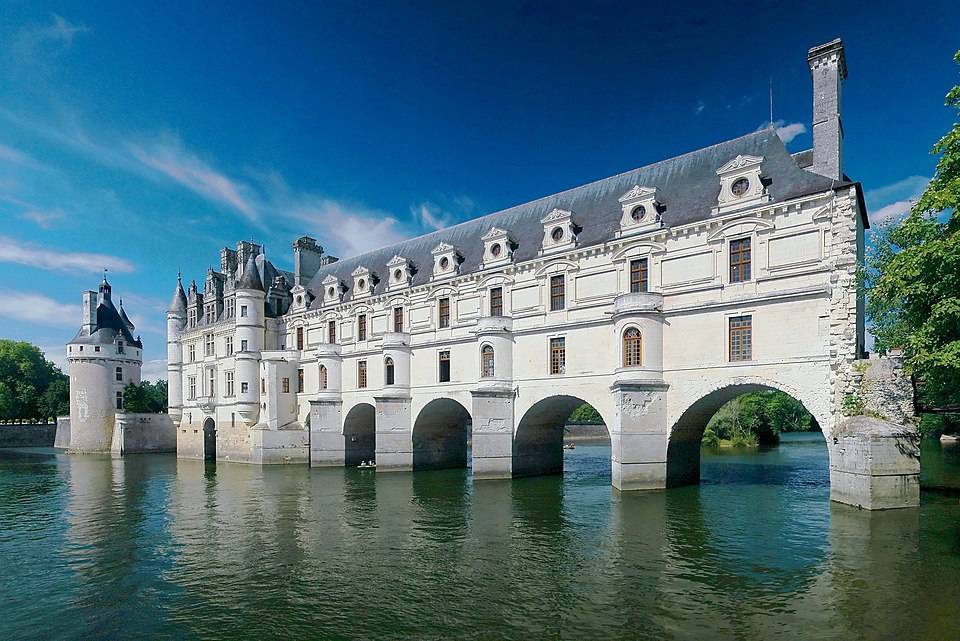
2. Château de Chambord
Chambord was Versailles before Versailles. The castle is a symbol of royal excess as well as architectural innovation. Commissioned by King Francis I in the early 1500s as a hunting lodge, it houses 440 rooms and 365 fireplaces. It is notable, though, that the château was rarely used and was more of a tool to show the power of the king.
With a more symbolic and less practical purpose, Francis I was actually barely there, and there isn’t much furniture in the 400+ rooms today. Instead, what’s most impressive are the massive exteriors, the gilded, detailed interiors as well as the designs supposedly inspired by Leonardo da Vinci. The double-helix staircase inside shows two spirals twisting without ever meeting, and is attributed to the Renaissance man.
Standing before Chambord, with its tangle of turrets and chimneys, you understand how the French Renaissance imagined power as vast, theatrical, and meant to impress.
3. Château du Clos Lucé
If Chambord is grand, Clos Lucé is more intimate. In Amboise, this small manor was Leonardo da Vinci’s final home. Invited by Francis I, da Vinci lived here until his death in 1519, bringing with him his sketches, paintings, and prototypes. Inside his humble home are reimaginings of his scientific models as well as an art studio.
The gardens today are dotted with models of da Vinci’s inventions, from bridges to flying machines and even war tanks, turning the lush grounds into a kind of open-art museum.
Side note: They’ve got great grass to lie down on and take a nap in, too.
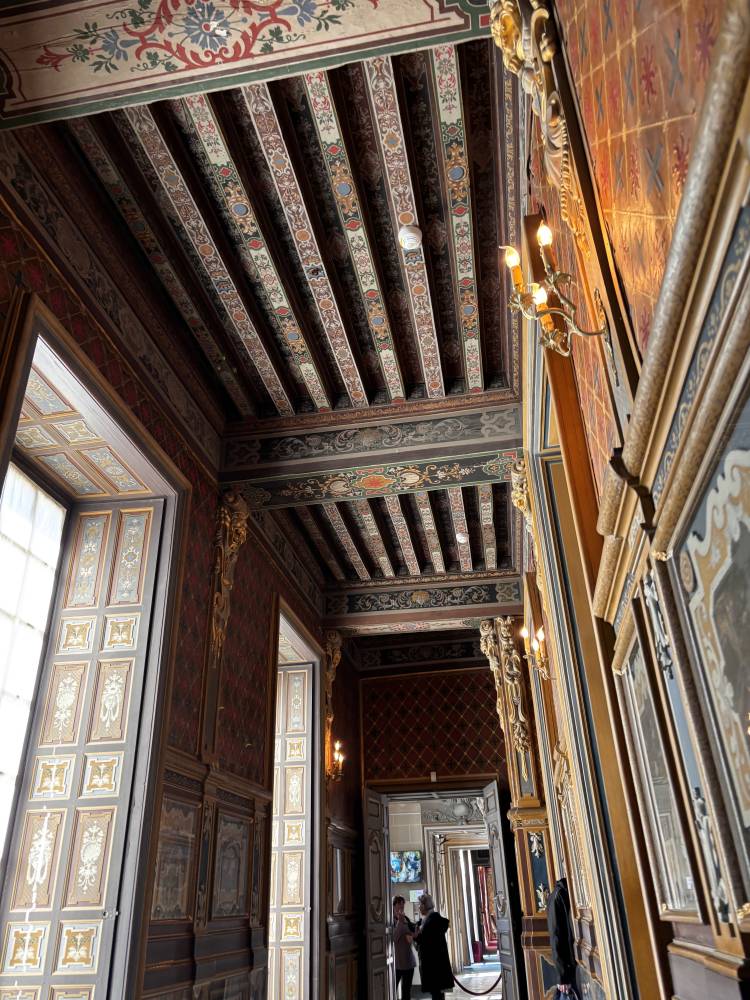
4. Château de Cheverny
On your drive back to Paris, stop by Cheverny. Among the châteaus, this one feels very much alive, as it is still lived in by the same family that has owned the castle for six centuries.
Cheverny is known for its well-kept interiors and pack of French hounds (half-English foxhound and half-French Poitevin), trained for traditional French hunts. Every day, you can watch them being fed in a spectacle of energy—although some people don’t agree with hound hunting, which entails pursuing an animal with a pack of dogs until the animal dies of exhaustion.
This château is particularly fun and doesn’t take itself too seriously. For some reason, a lot of the furniture is made out of Lego, and they have unserious features inside, like an animatronic Labrador.
Another fun aspect is that Cheverny inspired Hergé’s fictional Château de Moulinsart in “The Adventures of Tintin” which the château has a special exhibition for.
Slow travel
While you can tick these castles off your list, a visit only takes a few hours, and it’s best taken slowly. There’s something about the Loire Valley that encourages slow travel, which can feel like a luxury in transit.
Instead of visiting collections in traditional history museums, the castles act as solid representations of France’s cultural and political life for centuries. From da Vinci’s designs to imagining Catherine de’ Medici’s banquets, you can walk through without crowds or hurry, imagining living in past histories. At Chenonceau, we counted the visitors in the central gallery playfully pretending to waltz, as if in a ballroom in the 16th century.
Ideal for long lunches, relaxing in castle gardens, and wine tastings that stretch into sunset, a château stay in the Loire Valley will definitely surprise you with all its laid-back charm and history as well as the fact that it could cost far less than a standard Parisian hotel room.
And to top off the benefits of great prices, the Loire Valley also has the upper hand in relaxing paces.

















